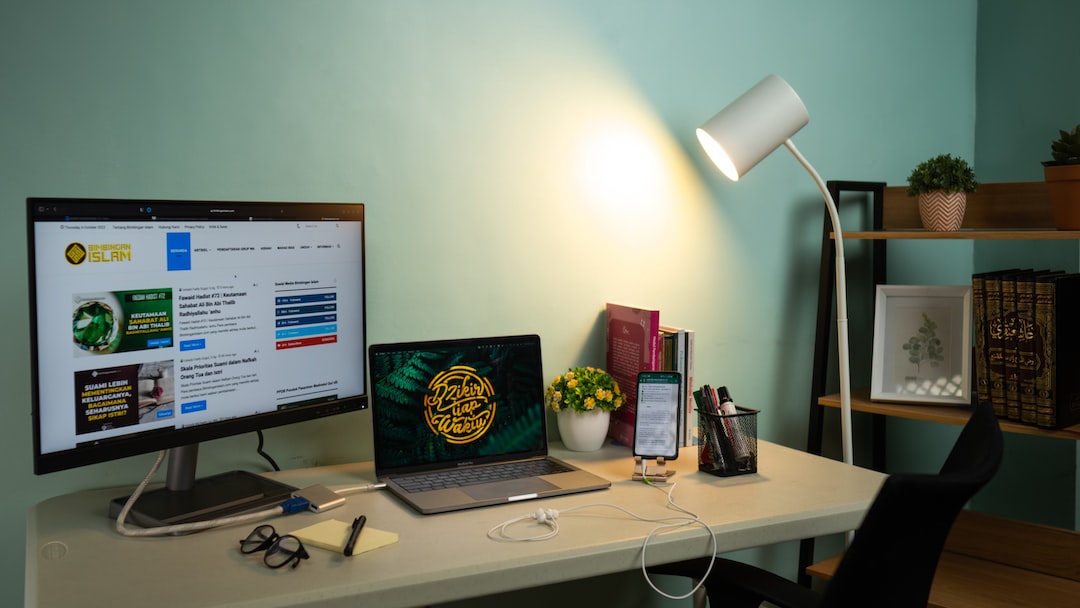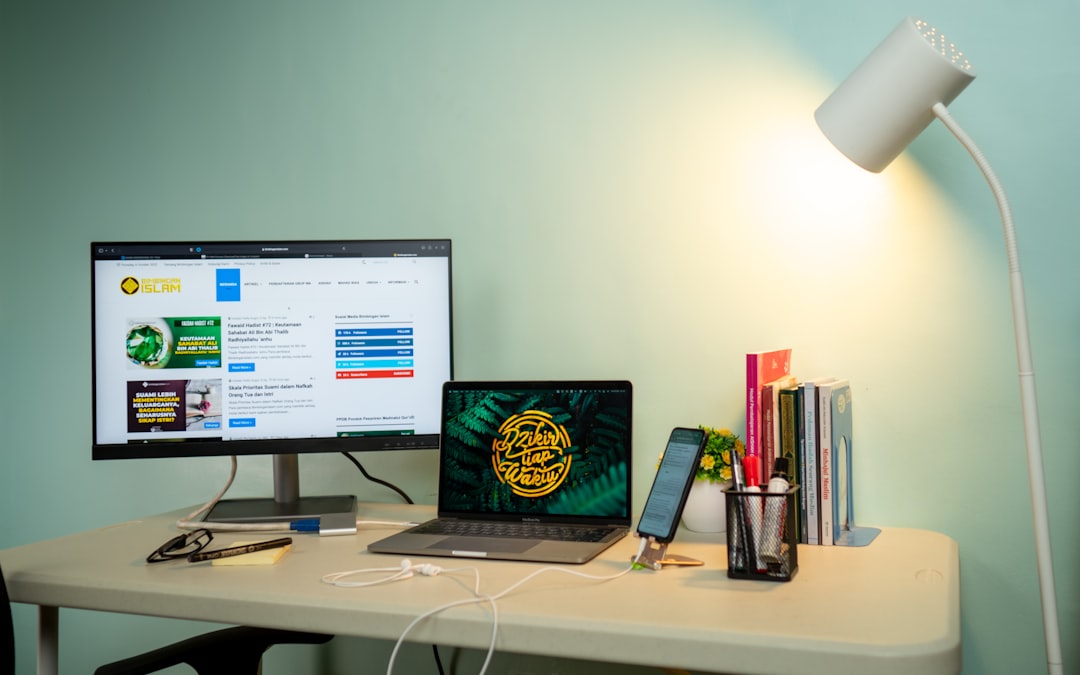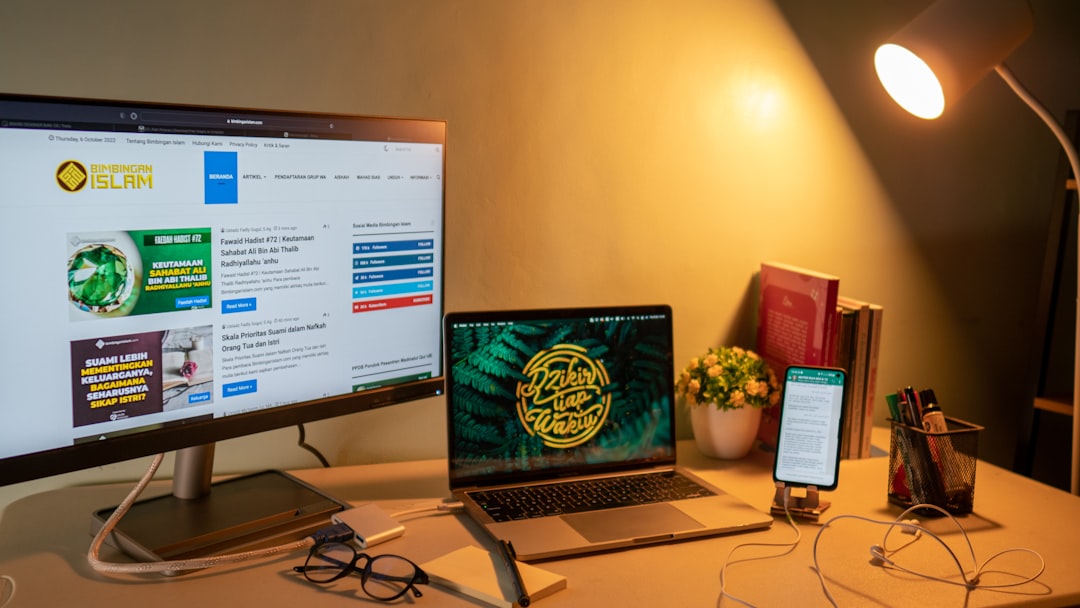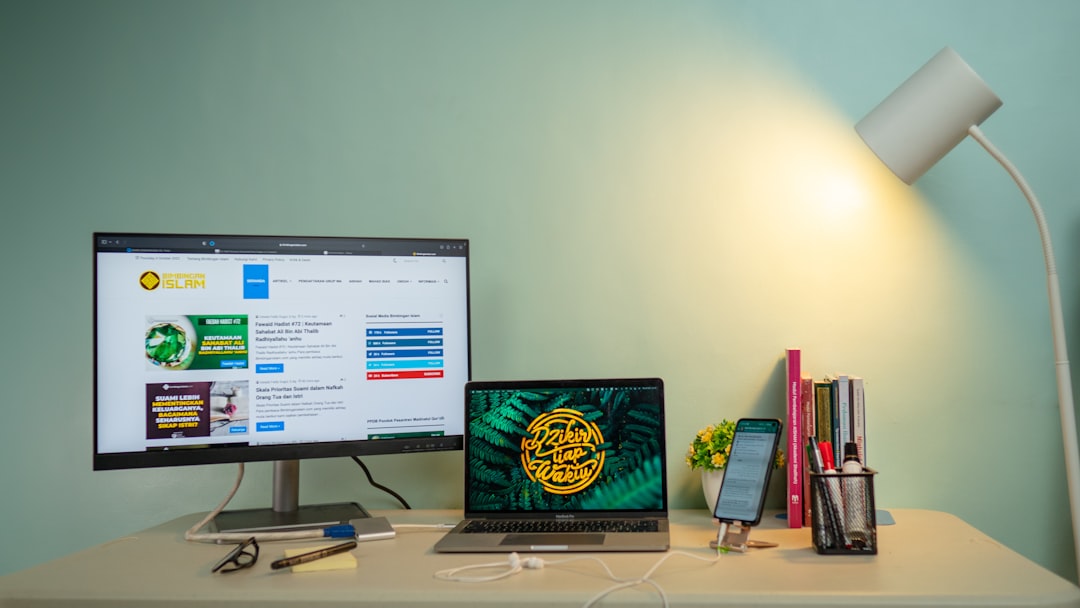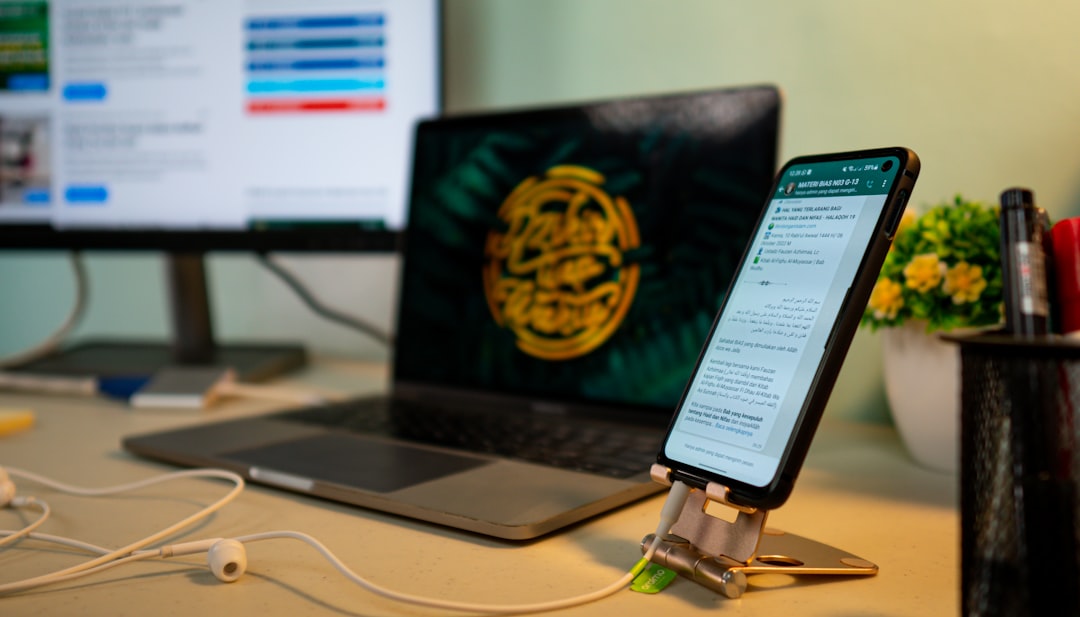In today’s fast-paced world, productivity has become a buzzword, often associated with success, efficiency, and accomplishment. The modern employee is expected to handle more tasks with fewer resources, tighter deadlines, and a longer working day. However, being productive is much more than just checking items off your to-do list. True productivity involves a combination of skills, strategies, and mindset, all working together towards achieving your goals and making a positive impact.
Productivity at work is essential because it enables you to maximize your time, energy, and resources to achieve your daily targets and long-term objectives. Whether you’re a freelancer, entrepreneur, or corporate employee, being productive means doing better work in less time, reducing stress and burnout, and creating more opportunities for growth and advancement.
But, despite the benefits of productivity, many people struggle to maintain consistent performance due to various factors that hinder their progress. In the rest of this blog post, we’ll explore the critical factors that affect productivity in the workplace, as well as the best strategies and tools to overcome them. Are you ready to unlock your full potential and become a productivity powerhouse? Let’s dive in!
Identify Key Time Wasters
Productivity at work is crucial for success. However, there are several distractions that can impact focus and lead to time wastage. Identifying the top time-wasting activities and minimizing them is a crucial step in improving productivity.
The first and foremost time waster is the internet. The ever-connectivity of the internet can lead to constant notifications and distractions. Whether it’s social media, online shopping, or simply browsing, it can eat into working hours and be detrimental to productivity. It’s essential to avoid browsing non-work related pages during working hours.
Meetings and emails can also be significant time-wasters. Unproductive meetings can drain energy and reduce productivity levels. Emails can be another major distraction that can lead to loss of focus.
Personal problems are another major time waster. Whether it’s worrying about finances, relationships, or health, they disrupt focus and lead to diminishing accomplishments. These issues can become a major hurdle upon maintaining high productivity levels.
Identifying these key time wasters, whether it is the internet, meetings and emails, or personal problems, helps avoid burnout and increases efficiency. By keeping them at bay, we can focus more steadfastly on work that matters and push towards achieving the best possible outcomes.
In the next segment, we will delve into some tips on how to minimize distractions and maintain focus.
Personal problems are another major time waster.
Minimize Distractions
As an ambitious and motivated professional, your goal is to achieve maximum productivity at work. However, that can be challenging when there are constant distractions all around you. From noisy coworkers to social media feeds, distractions can significantly ruin your productivity and prevent you from hitting your targets. Fortunately, you can use effective strategies to eliminate common distractions in the workplace and focus on your tasks.
First and foremost, you must identify your major distractions. Once you know what they are, you can devise ways to avoid or minimize them. Some common distractors at work include excessive noise, email notifications, social media apps, instant messaging, phone calls, and unstructured meetings.
To overcome these distractions, you can implement various tactics, such as blocking distracting websites or apps, creating a to-do list, using noise-cancelling headphones, disabling push notifications, and scheduling meetings with clear agendas.
In addition, there are effective tools that can help you stay focused, such as Pomodoro timers that enable work/rest cycles to keep the mind fresh and efficient. You can also use apps like Forest and Focus@Will that can prevent procrastination and align with your natural work rhythms.
Moreover, you might want to adopt more ergonomic elements to help block out any distractions such as using lavender scents, plants, or custom lighting in a space. Keep in mind these tips when trying to maintain focus as everyone is different and require their own unique approaches.
To sum it all up, the path to productivity involves your ability to minimize distractions and maintain focus on your work. You can take advantage of tools, techniques, and strategies that work well for you in order to stay determined and persistent while aiming to do the best job that you can. By adopting some of these essential steps, you will be on your way to boosting productivity in the workplace.
Fortunately, you can use effective strategies to eliminate common distractions in the workplace and focus on your tasks.
Keep Your Work Area Clean
As a busy professional, it can be easy to let your workspace become cluttered and disorganized. However, a cluttered workspace can have a significant negative impact on your productivity. Not only does clutter lead to distraction and increased stress, but it can also result in lost time as you search for necessary items.
By keeping your work area clean and organized, you can eliminate these distractions and free up valuable time to focus on important tasks. Begin by removing any unnecessary items from your desk, such as old papers or broken office supplies. Then, take some time to create a filing system for important documents, whether it be a physical or digital system.
A clean and organized workspace will also help to reduce stress levels. It can be overwhelming to work in an environment that feels chaotic and cluttered. However, a tidy workspace can lend a sense of calm and control to your workday, helping you remain focused and motivated.
Remember, it’s not just about aesthetics – an organized workspace is a critical tool to improve your productivity as well. When everything is neatly in its place, you’ll be able to work more efficiently, and you won’t waste time searching for misplaced items.
Start by setting aside some time each day to organize and declutter your workspace. This will help to create a routine of organization and cleanliness that can benefit you in the long-term.
There are several tools and resources available to help you maintain a neat and tidy workspace. For example, consider investing in storage solutions like filing cabinets or desk organizers to help you keep everything easily within reach. Additionally, desktop software and apps like Evernote or Trello can help you stay on top of your to-do list and manage your work assignments more efficiently.
By keeping your workspace clean and organized, you’ll be able to optimize your productivity, reduce stress levels, and improve your overall work performance. Take control of your work environment today and watch as your productivity levels skyrocket!
Remember, it’s not just about aesthetics – an organized workspace is a critical tool to improve your productivity as well.
Time Management Techniques & Tools
Are you struggling to get everything done in a day? Do you find yourself constantly fighting the clock to meet deadlines? It’s time to take control of your schedule and implement proven time management techniques and tools that will help you work smarter, not harder.
Here are some time management strategies that we recommend:
1. Prioritize Your Tasks: Make a list of all the tasks you need to accomplish each day, and prioritize them based on importance and urgency. This will help you focus on the tasks that are most critical and avoid wasting time on less important ones.
2. Use Time Blocking: Block out specific periods of time on your calendar for completing tasks, and stick to them. This can help you stay on track and ensure that you have enough time for all the essential tasks.
3. Use the Pomodoro Technique: This time management technique involves breaking work down into 25-minute intervals with breaks in between. This can help you work more efficiently and avoid burnout.
4. Eliminate Distractions: Turn off your phone, close email tabs, and set aside time for focused work without interruptions. You can also use tools like noise-cancelling headphones or productivity apps to help you stay focused.
As for tools and apps, there are many available to help manage your work assignments effectively. Here are some of our favorites:
1. Trello: This is a project management tool that allows you to keep track of tasks, deadlines, and progress. It’s perfect for collaborative work or individual projects.
2. RescueTime: This app helps you track how much time you spend on various tasks and websites, giving you insight into your productivity.
3. Asana: Another project management tool that helps you stay organized and on top of all your assignments.
Implementing these time management techniques and tools may take some effort, but the rewards are worth it. Increased efficiency, improved productivity, and reduced stress are just a few benefits you can expect to experience. Start today and take control of your schedule, and you’ll be amazed at how much you can accomplish.
Start today and take control of your schedule, and you’ll be amazed at how much you can accomplish.
Take Breaks: Importance of Recharging and Avoiding Burnout
When it comes to productivity, taking regular breaks may seem counterintuitive. However, it is actually an essential practice for maintaining focus and avoiding burnout. Burnout is a state of mental, physical, and emotional exhaustion caused by prolonged and excessive stress. It can negatively impact your productivity, creativity, and mental wellbeing.
One of the key reasons why taking breaks is crucial for your productivity is that it helps you to recharge your batteries. Just like your phone or laptop, your brain and body need time to rest and restore their energy levels. Research has shown that taking short breaks every hour can boost your productivity and reduce your stress levels. During your breaks, step away from your workstation, stretch, take a walk, get outside, or do something that you enjoy. This way, you can return to your work with renewed energy and focus.
Another benefit of taking regular breaks is that it helps you to avoid decision fatigue. Decision fatigue is a phenomenon where your ability to make good decisions declines after making many decisions in a row. Taking breaks allows your brain to recharge and reset, giving you the mental clarity and focus you need to make better decisions.
Finally, taking breaks can also help you to avoid burnout. Burnout can occur when you’re working too hard for too long without taking a break. This can lead to feelings of fatigue, stress, and even depression. To avoid burnout, it’s essential to take care of yourself and take breaks when you need them. Make sure to take time off regularly, prioritize your mental and physical health, and don’t be afraid to ask for help if you’re feeling overwhelmed.
Overall, taking breaks is an essential part of being productive at work. By taking regular breaks, you can recharge your batteries, avoid decision fatigue, and avoid burnout. So, be sure to take breaks throughout your day, and you’ll be able to perform at your best and achieve your goals with ease.
To avoid burnout, it’s essential to take care of yourself and take breaks when you need them.
Conclusion: Become a Productivity Master
Now that you know the key time-wasting activities, how to minimize distractions, keep your workspace clean, utilize time management techniques, and take regular breaks, you can become a productivity master at work.
With the help of recommended tools and apps, you can effectively manage your work assignments and achieve your goals efficiently. Remember to prioritize your tasks based on urgency and importance, and delegate whenever necessary.
By having a well-organized work environment and utilizing time management techniques, you can increase your productivity, achieve better results, and feel more satisfied with your work. Remember, productivity is not just about doing more work; it’s about doing smart work and getting results.
Don’t simply work hard, work smart. By incorporating the recommended tips and strategies into your work routine, you can become a productivity master and achieve continuous success. Remember to maintain a positive attitude, stay motivated, and persist in your efforts to become the best version of yourself.
Thank you for reading this blog post. We hope that the tips shared in this article will help you become more productive at work and lead you on the path to success!
